Ten icons in Pride history
It’s been over a week into Pride Month: time to spotlight the legends who helped shape LGBTQ+ history and made Pride what it is today.
These are people who fought to exist in a world that tried to erase them, yet still managed to blaze trails, build community, and serve joy. Some icons you might recognize. Others might be new.
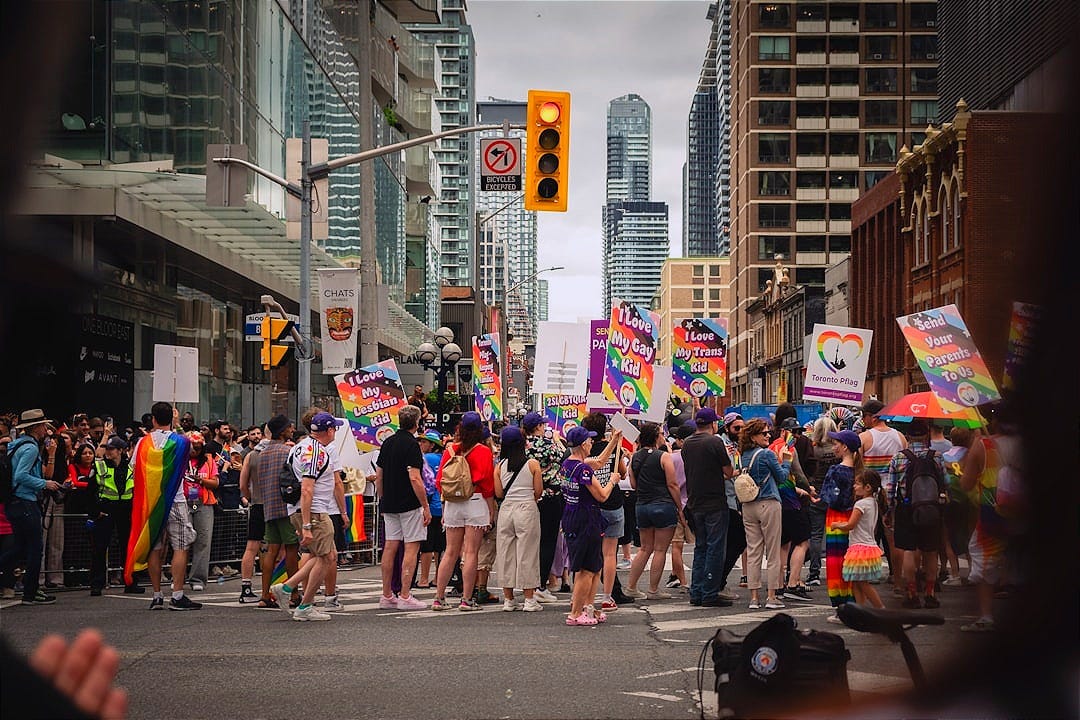
If your favorite isn’t listed, that doesn’t mean they didn’t help build Pride. Ten spots are way too small to hold the full power of queer history. But there will be future chances to uplift the many beautiful souls who paved the way.
For now, meet the ones here. Their stories don’t belong to the past, they’re part of our present and future too.
Let’s begin with someone whose whose life reminds us why visibility still matters, and whose name is literally under fire this Pride Month:
⭐️ Harvey Milk (1930 — 1978)
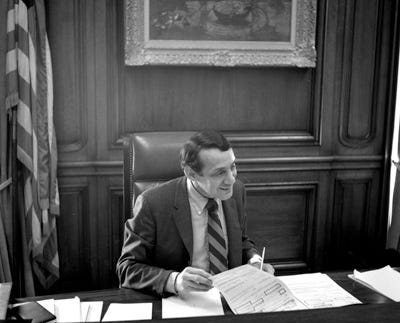
A Navy veteran and LGBTQ+ rights activist, Harvey Milk raised hope as one of the first openly gay elected officials in U.S. history. According to the Harvey Milk Foundation, his candid and “unapologetic proclamation” of his identity gave visibility and strength to queer people during a time of overwhelming discrimination and violence.
Like far too many queer icons, Milk’s life was cut short when he was assassinated less than a year into his term. In 2016, the Navy tried to make amends by naming a ship the USNS Harvey Milk, honoring the man they once forced to resign for being gay. But now, in 2025, right-wing lawmakers want to erase that legacy by stripping his name from the vessel.
Just days into Pride Month, Defense Secretary Pete Hegseth reportedly ordered the Navy to “strip Harvey Milk’s name from a ship,” according to Newsweek. This follows a pattern: earlier this year, Hegseth also removed nearly 400 books from the Naval Academy library under anti-DEI initiatives. Let’s not forget Trump’s earlier trans military ban. The energy? Sad. Deeply unserious. Childish even.
CBS News points out that Navy ships have been renamed before — but it’s rare, especially once a ship is in active service.
Name changes might happen. But doing this now, and this deliberately, is nothing short of a targeted erasure. During Pride Month, no less? Don’t let them rewrite history. Keep Harvey Milk’s name. Keep his legacy alive.
Alvin Ailey (1931 — 1989)
Born in Texas, Alvin Ailey was abandoned by his father and worked alongside his mother in the cotton fields. The local church became a sanctuary, where he first witnessed dance performances that would inspire his future.1
After moving to Los Angeles, Ailey studied at the Lester Horton Dance Theater, where he found his artistic voice and community. In 1958, he founded the Alvin Ailey American Dance Theater to create opportunities for African-American dancers and elevate Black cultural expression in the arts.2
Though he didn’t speak openly about his sexuality, Ailey’s identity as a gay Black man deeply shaped his choreography. His work reflected his lived experience and celebrated self-expression, inclusivity, and liberation. As he gained recognition, he became more outspoken in support of LGBTQ+ rights.
Angela Morley (1924 — 2009)
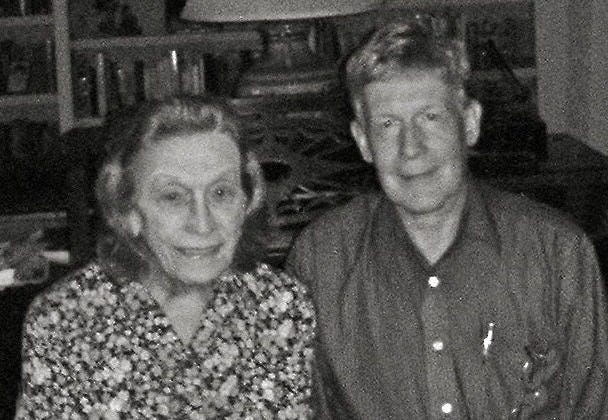
From Leeds, England, Angela Morley was a gifted composer and conductor who showed early talent across multiple instruments. She began her professional career at just 15 years old, while many British musicians were serving in WWII.3 By 20, she had joined the prestigious Geraldo Orchestra.
Morley rose to fame as a household name in the UK thanks to BBC Radio. In 1972, after a lifelong struggle with gender identity, she transitioned and began living openly as a woman. Morley became one of the first openly transgender people nominated for an Academy Award in 1974.
Through her presence in the industry, Morley proved that talent transcends gender, paving the way for trans musicians in classical and film music. She’s a true artist.
Christine Jorgensen (1926 — 1989)
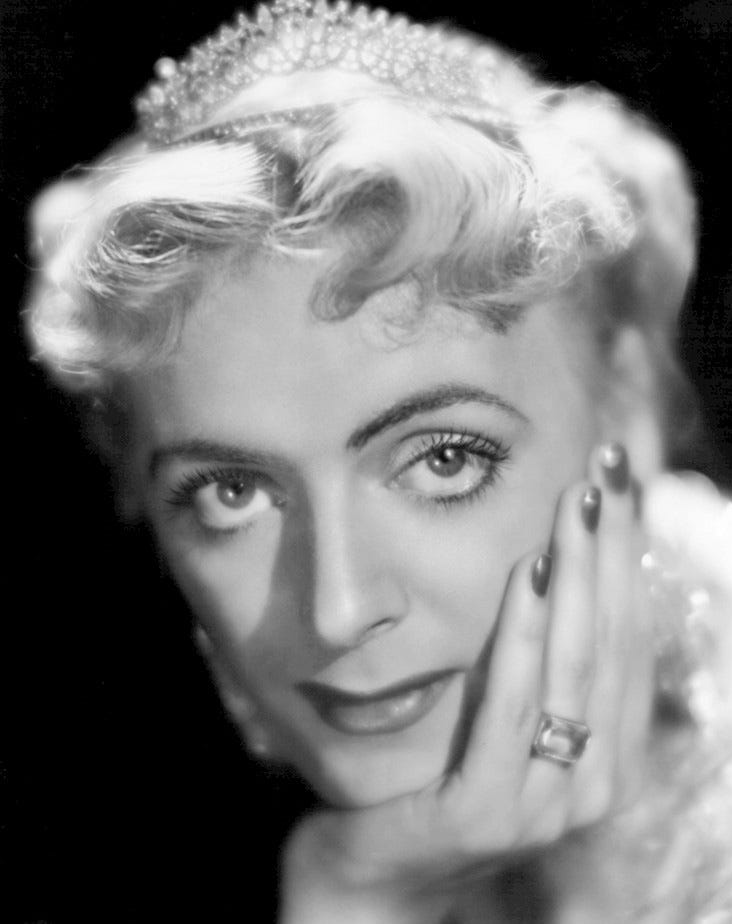
Born and raised in the Bronx, Christine Jorgensen was a quiet kid who later became a groundbreaking trans icon. In 1952, she made headlines after traveling to Denmark for one of the earliest gender-affirming surgeries. New York Daily News splashed: “Ex-GI Becomes Blonde Beauty.”
The press obsession was invasive, to say the least. When reporters revealed she hadn’t yet undergone vaginoplasty, some supporters turned cruel. As the National WWII Museum notes, they claimed she “could not be a woman without ovaries and women’s other reproductive organs.” But, she completed her surgeries by 1954.
Like… what? Some people are born without reproductive organs — that doesn’t make them any less valid. But the public went ballistic, showing just how fragile their “support” really was.
Despite the scrutiny, she stayed poised. Jorgensen used her spotlight to advocate for trans visibility and LGBTQ+ rights. She was always a queen. 💁🏻♀️
Juan Gabriel (1950 — 2016)
The legendary Mexican singer-songwriter Juan Gabriel was one of the most iconic Spanish-language artists in the world. Though he never spoke about his sexuality, Gabriel’s extravagant style, warmth, and femininity made him a understated icon for LGBTQ+ Latinos.
In a culture where machismo and rigid gender roles dominate, his joyful and unapologetic demeanor gave queer fans a place to be themselves.
Over the years, people, including former staff and media, tried to out him. But Gabriel never gave in. In one later interview, when asked about his sexuality, he replied with what became his most iconic quote:
“Lo que se ve no se pregunta.” English: What is seen is not questioned.4
Gabriel didn’t need to explain himself — he just was. And that made all the difference. Thank you to my abuelita for enjoying his music with me.
Elton John (1947)
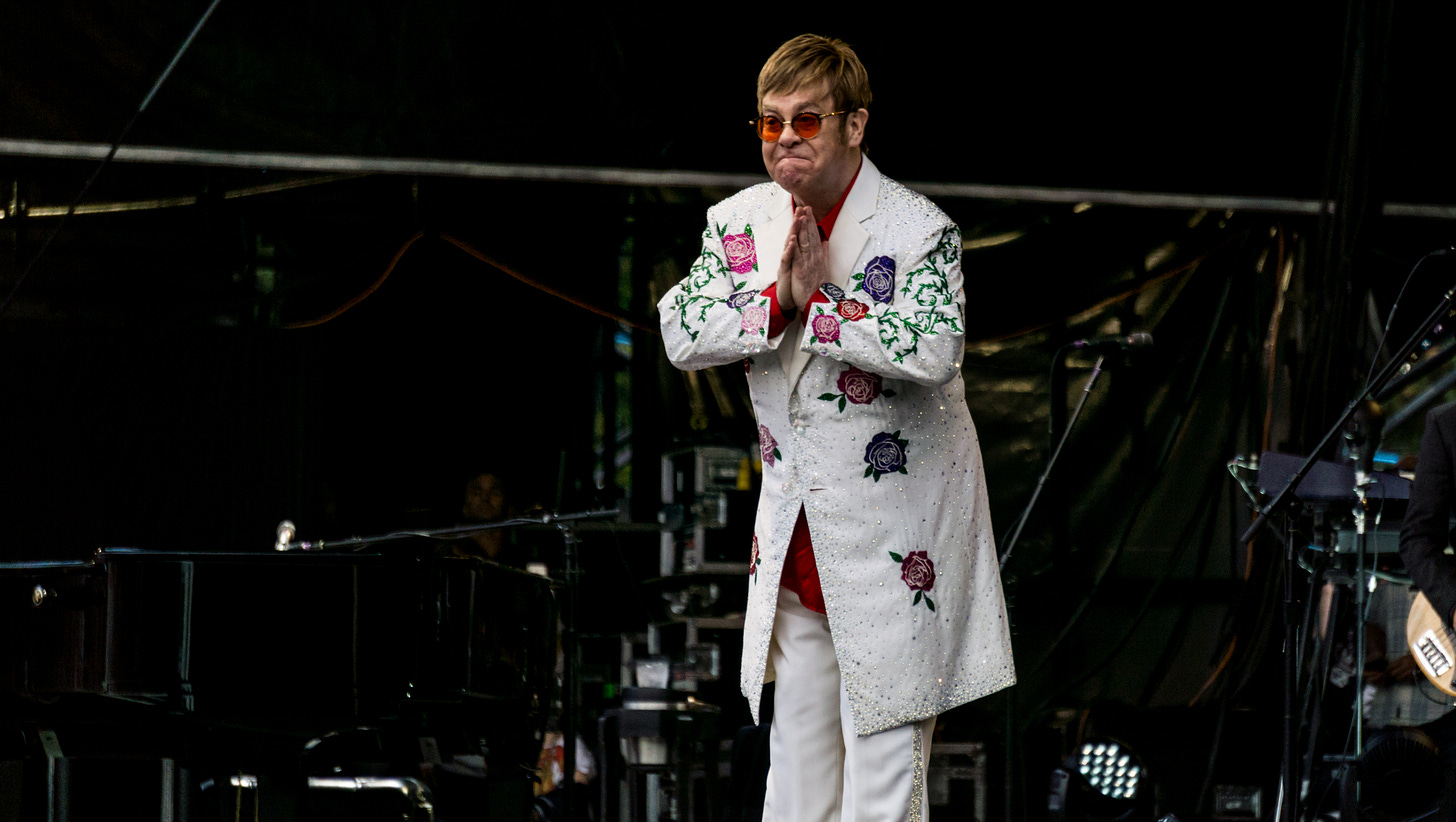
British music legend, pop culture icon, and actual knight, Sir Elton John is the reason for The Lion King soundtrack. He has been serving camp and rhinestones since the ’70s and yet he’s still feeding us!
Beyond the music, John helped normalize queerness in pop culture at a time when it was barely accepted. He first came out as bisexual in a 1976 Rolling Stone interview, and in the early ’90s, he clarified he is gay.
In 1992, he founded the Elton John AIDS Foundatio, which has raised hundreds of millions for HIV prevention, treatment, and education globally.5 Bow down for Sir Elton John. 🙇🏻♀️
Marsha P. Johnson (1945 — 1992)
Self-identified drag queen and Black trans activist, Marsha P. Johnson was there at the Stonewall uprising.
Johnson continued her fight and became a pillar advocate for homeless LGBTQ+ youth, HIV and AIDS, and gay and transgender rights.6
Alongside Sylvia Rivera, she co-founded STAR (Street Transvestite Action Revolutionaries) fighting for bodily autonomy, free education, housing, and more — both within and beyond the LGBTQ+ community.
Even if we keep it brief, let’s be clear: Marsha’s legacy is immortal.
RuPaul (1960)
You probably already know RuPaul aka Andre Charles. RuPaul’s legacy is so iconic and far-reaching that I won’t waste too many words here. But make no mistake: her accomplishments haven’t gone unnoticed, and they shouldn’t be taken for granted.
From “Supermodel (You Better Work)” to RuPaul’s Drag Race, she helped bring drag culture from underground clubs to living rooms across the world. She changed what visibility could look like for queer, Black, and brown queens — making space where there was none and turning underground art into global celebration.
In this chaotic world she’s taught us that boldness, love, and resilience are non-negotiable. That legacy? Undeniable.
Edith Windsor (1929 — 2017)
Edith “Edie” Windsor was a powerhouse: mathematician, IBM systems programmer, and eventual LGBTQ+ legend. After the Stonewall riots in 1969, she stepped into activism. But her biggest fight wasn’t until after tragedy struck.
In 2007, Edie married her longtime partner, Thea Spyer, in Canada. But when Spyer died in 2009, Windsor was hit with crippling federal and state estate taxes — because their marriage wasn’t federally recognized in the U.S., thanks to the Defense of Marriage Act (DOMA).7
So she fought. In 2013, her case, United States v. Windsor, reached the Supreme Court. And on June 26, 2013, DOMA was ruled unconstitutional, marking a landmark win for LGBTQ+ rights.
Two years later on June 26, 2015, same-sex marriage was legalized nationwide. Windsor and Spyer didn’t get to see that victory together, but you just know they were celebrating somewhere.
Lili Elbe (1882 — 1931)
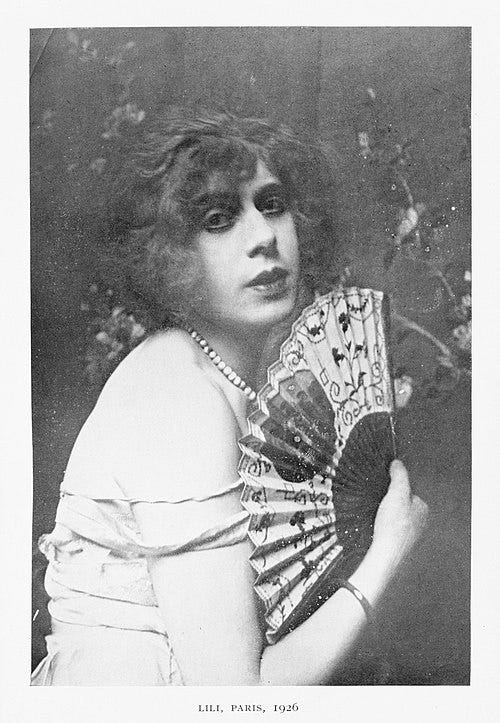
You might not know Lili Elbe, also known as Lili Ilse Elvenes, but you should. A Danish painter and true pioneer, Elbe was one of the first known people to undergo gender affirmation surgery in the early 1930s.
Her transition began in Berlin at the Dresden Women’s Clinic, where she underwent a series of procedures starting in 1930. During surgery, doctors discovered she had elevated estrogen levels and internal reproductive structures, and reclassified her as intersex. Still, she identified as a woman and lived fully as one.
Tragically, in 1931, Elbe died from complications following an experimental uterus transplant, part of her surgical journey to affirm her gender. Her death was heartbreaking, but her bravery made history.8
As The Legacy Project notes, the 1933 biography Man Into Woman describes her as “the first known example of gender confirmation surgery and the first time gender identity was considered separate from one’s sexual orientation.”
Her story still resonates and echoes: beautiful, courageous, and deeply human.
Audre Lorde (1934 — 1992)
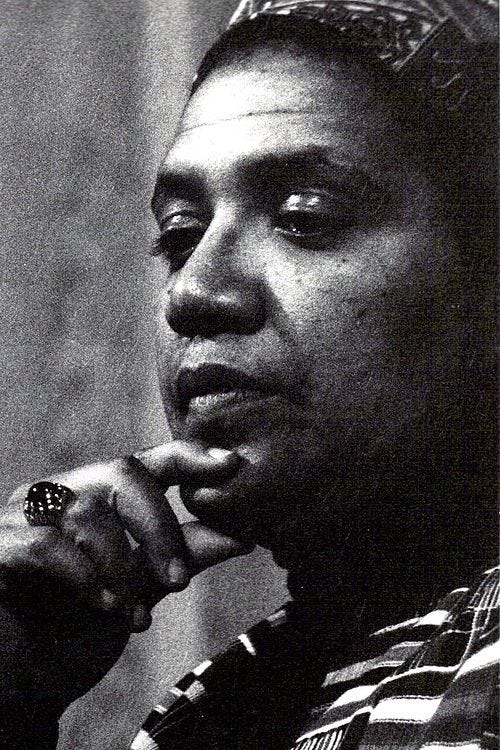
A native New Yorker, daughter of immigrants, Black feminist, and poet, Audre Lorde was a devoted activist and artist.
Her life’s work centered on confronting the deep injustices of racism, sexism, classism, and homophobia. Her words still echo with truth and power. Lorde didn’t just write about pain — she wrote through it. Her work gave voice to those living at the intersections of multiple oppressions.
When she spoke, people listened. Not because she demanded it, but because she understood the language of survival. She made strangers feel seen — and maybe, for once, she felt seen too.
Want to dive into her brilliance? The Audre Lorde Project has a short but powerful list of her work.
Fin ♡🌈✨
These ten icons barely scratch the surface of the beauty, resilience, and rebellion that built Pride. But their lives remind us that queerness has always been a force for change. It’s being a human.
This post isn’t as bratty, unhinged, or your-weird-best-friend-coded as usual, but that’s on purpose. Some stories demand reverence. Some names deserve more than punchlines and sass. There’s room for both joy and justice in Pride, and today, I wanted to hold space for the latter.
Whether you’re dancing in the streets this month or curled up recharging at home, I hope you carry these stories with you. Celebrate loudly. Love boldly.
And never forget: we exist because others refused to disappear.
With a deep amount of pride and love in my heart,
— Kaylirose xo 🌈💜✨🏳️⚧️🏳️🌈
Credit ⛓️💥
Some images in this post are used under Creative Commons licenses and are credited in captions.
Audre Lorde / Photo by K. Kendall via Wikimedia Commons — CC BY-SA 4.0
Christine Jorgensen (1954) / Photo by Maurice Seymour via Wikimedia Commons — Public domain in the United States due to lack of copyright notice.
David Hegarty with Angela Morley (2004) / Photo by Gotanero via Wikimedia Commons — CC BY-SA 4.0
Harvey Milk at Mayor Moscone’s desk / Photo by Daniel Nicoletta via Wikimedia Commons — CC BY‑SA 3.0
EltonTwicStoop030617-7 by Raph_PH via Flickr — CC BY-SA 2.0.
Man into Woman / scan by Wellcome Collection via Wikimedia Commons — CC BY 4.0
All rights remain with the original creators listed above. <3
While the sources below weren’t directly linked or cited in-text (gotta save space where we can!), I still wanted to credit the work that helped shape this piece. Huge thanks to the journalists, researchers, and orgs who keep LGBTQ+ history alive. 💌
Credit / “Queering History: The Revelations of Alvin Ailey,” published by Imperial Society of Teachers of Dancing.
Credit / “Alvin Ailey: A Titan of Dance, Cultural Change, and Champion of Inclusivity,” by Ian Thomas, published by Black History Month UK.
Credit / “Angela Morley: The transgender Oscar nominee who shaped the sound of Hollywood,” By Sophia Alexandra Hall, published by Classic FM.
Credit / “Juan Gabriel died one year ago. LGBTQ Latino writers reflect on his legacy,” by By Rigoberto González, published by NBC News.
Credit / “Our Mission,” published by Elton John AIDS Foundation.
Credit / “Marsha P. Johnson,” by Emma Rothberg, published by National Women’s History Museum.
Credit / “Edith Windsor,” published by The New Jewish Home Honorees.










Amazing list and obvious respect for queer activists. It’s sad that these names are never mentioned in textbooks or school, but it’s a good sign when people who really care do what they can to keep their legacies alive
I’m a bit ashamed to say that I’ve never seen most of these names before but I hope that changes, thx Kaylie for such great work!